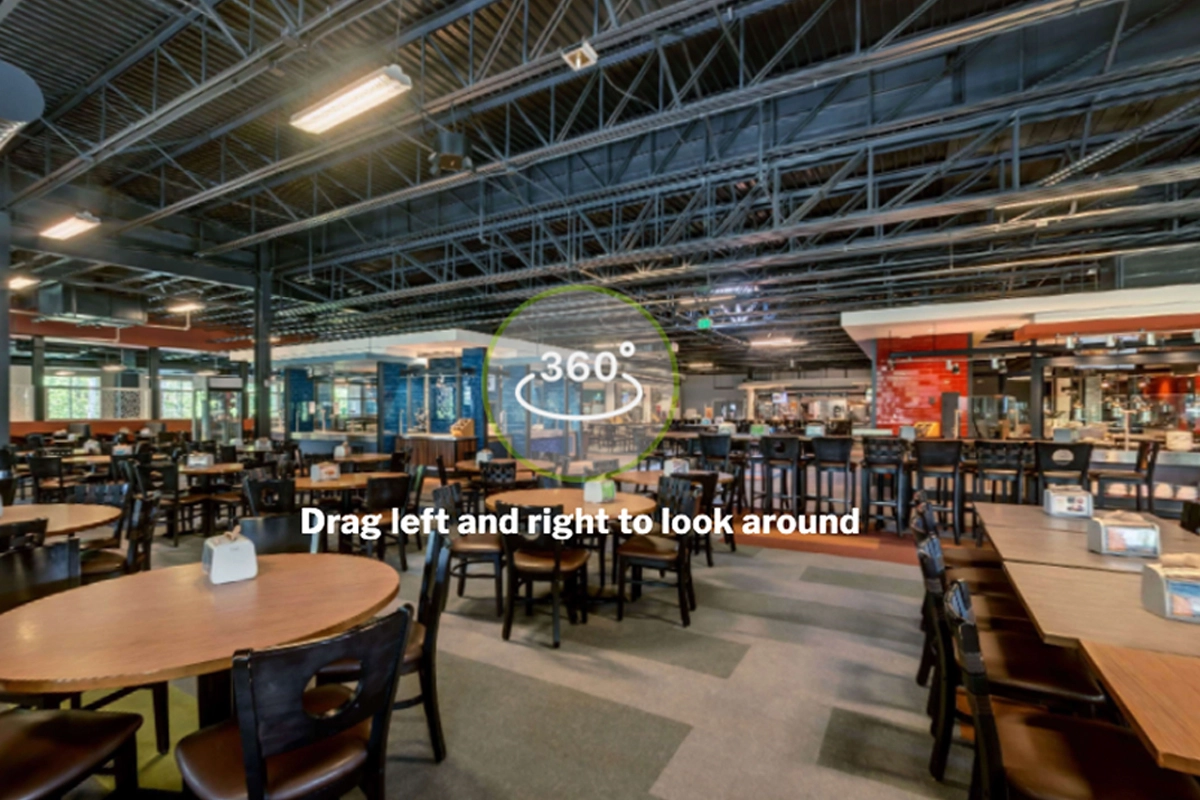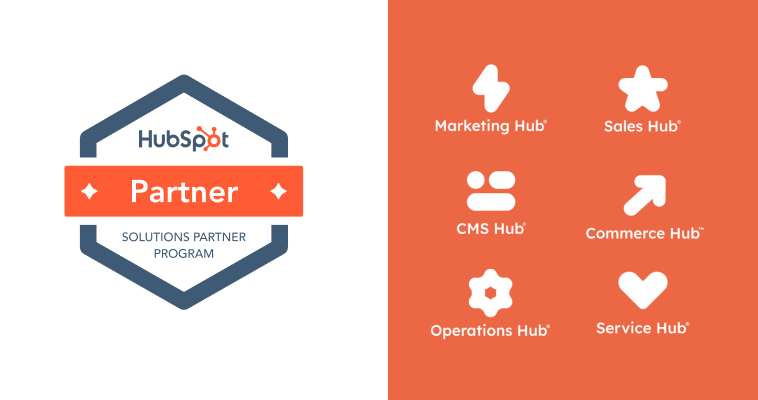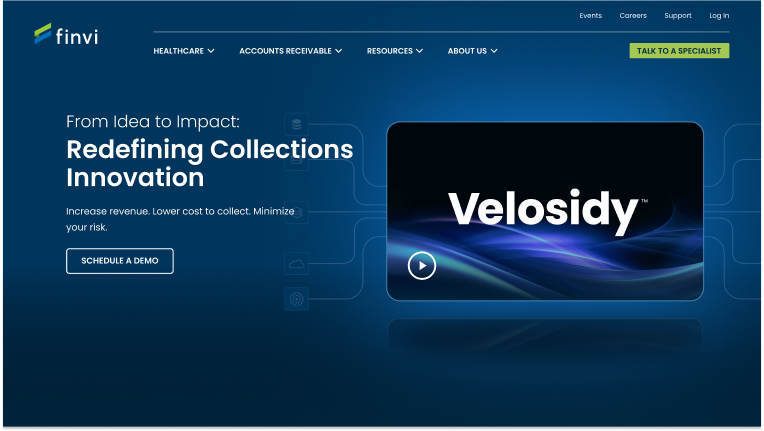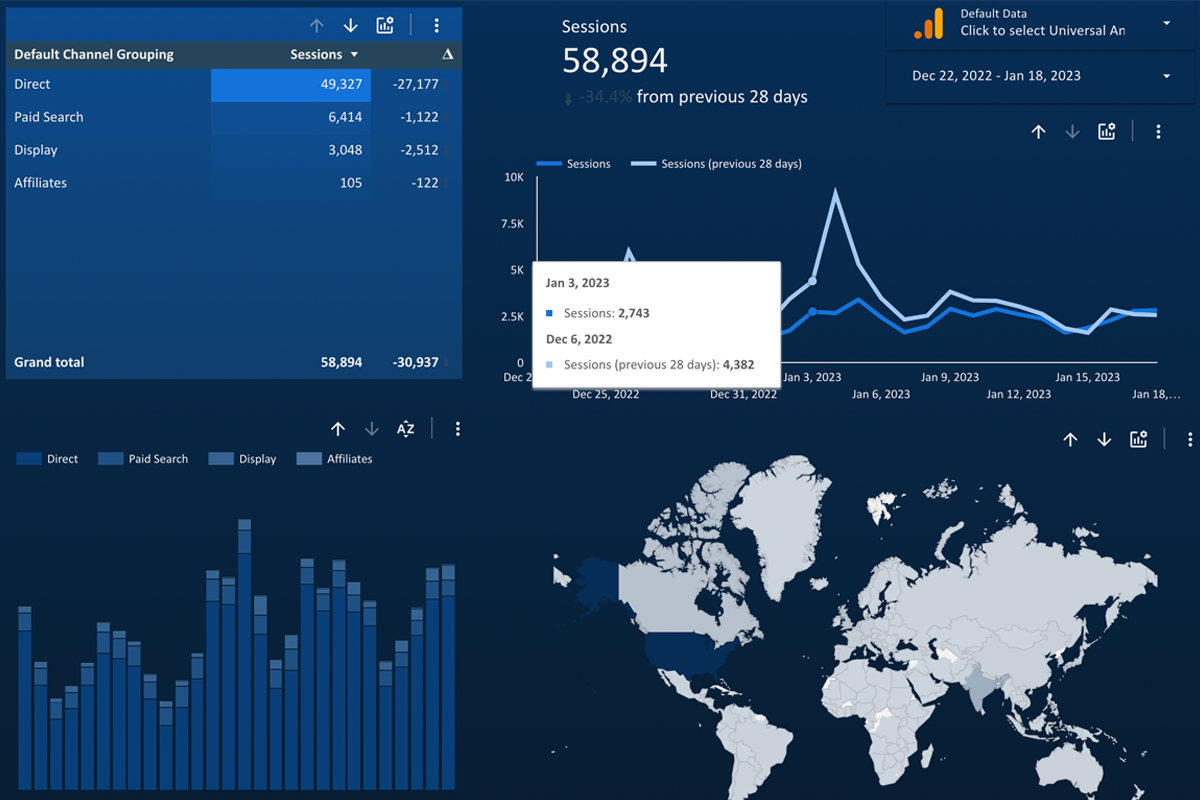Turning Market Intelligence into an Optimized Web Experience
When Education Week wanted to transform its digital presence, Consensus was tasked to develop a digital strategy that would elevate its content capabilities, greatly enhance the user experience and help drive its mixed revenue model.
The key to any successful Digital Strategy is knowing (and weighting) an audience, understanding a client’s business goals, and combining these with the ability to imagine an amazing experience. At Consensus, we base all of our recommendations on research – our scored methodology instills confidence in our clients that any new digital experience will assist with growth and a more purposeful brand.
For Education Week, we delved into the research, conducting over 40 stakeholder interviews, surveying five core audience segments, and performing an environmental assessment. Armed with these insights, we put them to use in defining a set of scored recommendations – and this is where things get interesting. We applied two different models, creating two very different views of our target audiences and the recommendations to support their goals.
Deliverable 1: Audience Matrix
One of the most powerful deliverables in our toolbox is a model of our audiences’ motivators – why do they behave the way they do? The Audience Matrix is an in-depth look at each of our audience segments, what motivates them to want a client’s product, their pain points, consumption, and/or device habits. From there we can develop a set of specific recommendations to satisfy each and every user story, pain point, and motivator. In the case of Education Week, we took our typical matrix a step further and developed recommended features and functionality that would drive registrations, subscriptions, and traffic to TopSchoolJobs and EdWeek’s MarketBrief publications.
In other words, we developed recommendations based on our audiences’ needs first, and then took another look at what the business needed to do to drive the audience behaviors that would drive revenue.
One more thing about the Motivator Matrix – it gives us more than one way to look at our UX strategy. First, we get an in-depth look at the needs of a specific audience segment, but second, we get a comparative look at our audiences. The benefit of the comparative view is that it helps us identify user stories and recommendations that might apply to more than one audience – and therefore, prioritized more highly than features that only satisfy one audience’s needs.
Deliverable 2: Customer Journey Map
Because Education Week was seeking to create an amazing registration and subscription experience, we needed to understand when, why, and how our audience would decide to give us their email address to register or give us their credit card to subscribe. As more media companies shift to subscription models, consumers are becoming increasingly comfortable with paying for content online, especially from sources they trust and brands they’ve come to depend on.
The Customer Journey map is designed to help us tease out WHEN they’ll be willing to convert to paying customers. Our Maps looked at a number of different aspects of our customers over the course of the marketing funnel, from awareness to advocacy. At each moment in the funnel, we identified our audience’s Goal or action, what channels they’re using, how they’re thinking and feeling, what problems they’re encountering, and what opportunities (read: features) we need to introduce to satisfy their needs and emotions.
This is an incredibly powerful way to imagine a new and better experience because we’re forced to consider our users’ emotions at any given moment, and how we might influence their feelings by giving them the right feature, function, or content.
In short, the Customer Journey Map introduces a critical element into the UX strategy: empathy. And it is when we think like our audience that we uncover some of the best ideas for a transformative digital experience.
Deliverable 3: Scored Recommendations
Because we received great insights into what motivates the various audience segments, as well as a detailed breakdown of the journey map for each user type, we were able to deliver a robust set of scored recommendations to shape the future digital experience for edweek.org. A couple of key takeaways include:
• All audiences not only want to understand the full background of a developing story but want to receive timely, threaded updates.
• Regional articles/updates are a must.
• Users wanted packaged content from top educators as a video and/or audio experience to be consumed on the go (e.g., driving, walking, etc.) due to their hectic schedules.
• Paywall limits had a magical number for users and research showed that “breaking” content should avoid being paywalled.
• Educational “Need to Know” callouts are an integral part of a user’s job – better delivered by state (if possible).
We were thrilled to be a part of Education Week’s digital transformation – it is an important voice and resource for educators, from teachers to superintendents. The five primary audiences for Education Week had some particularly unique needs, but by digging deep into their motivations and analyzing the data, we were able to come up with some equally unique strategic recommendations that should bring edweek.org into the next generation of their digital ecosystem.









